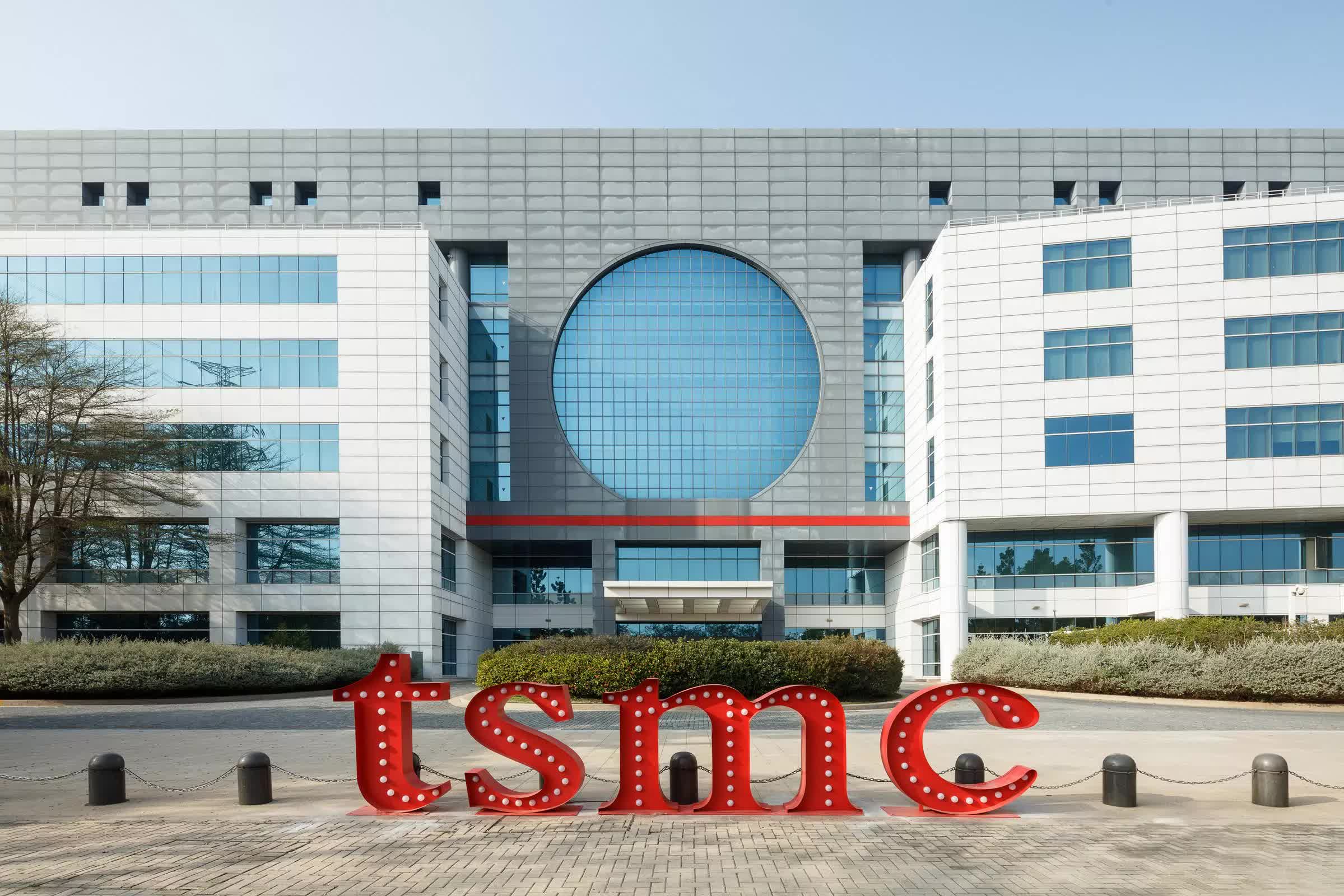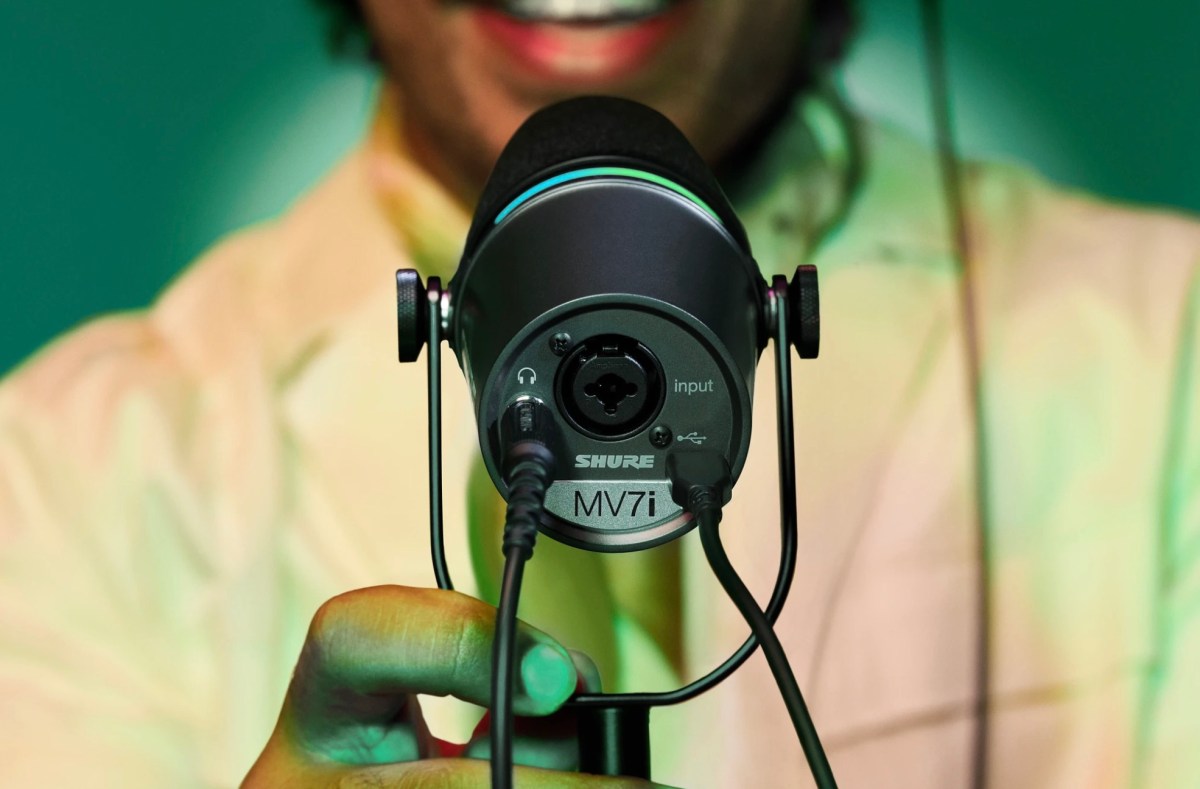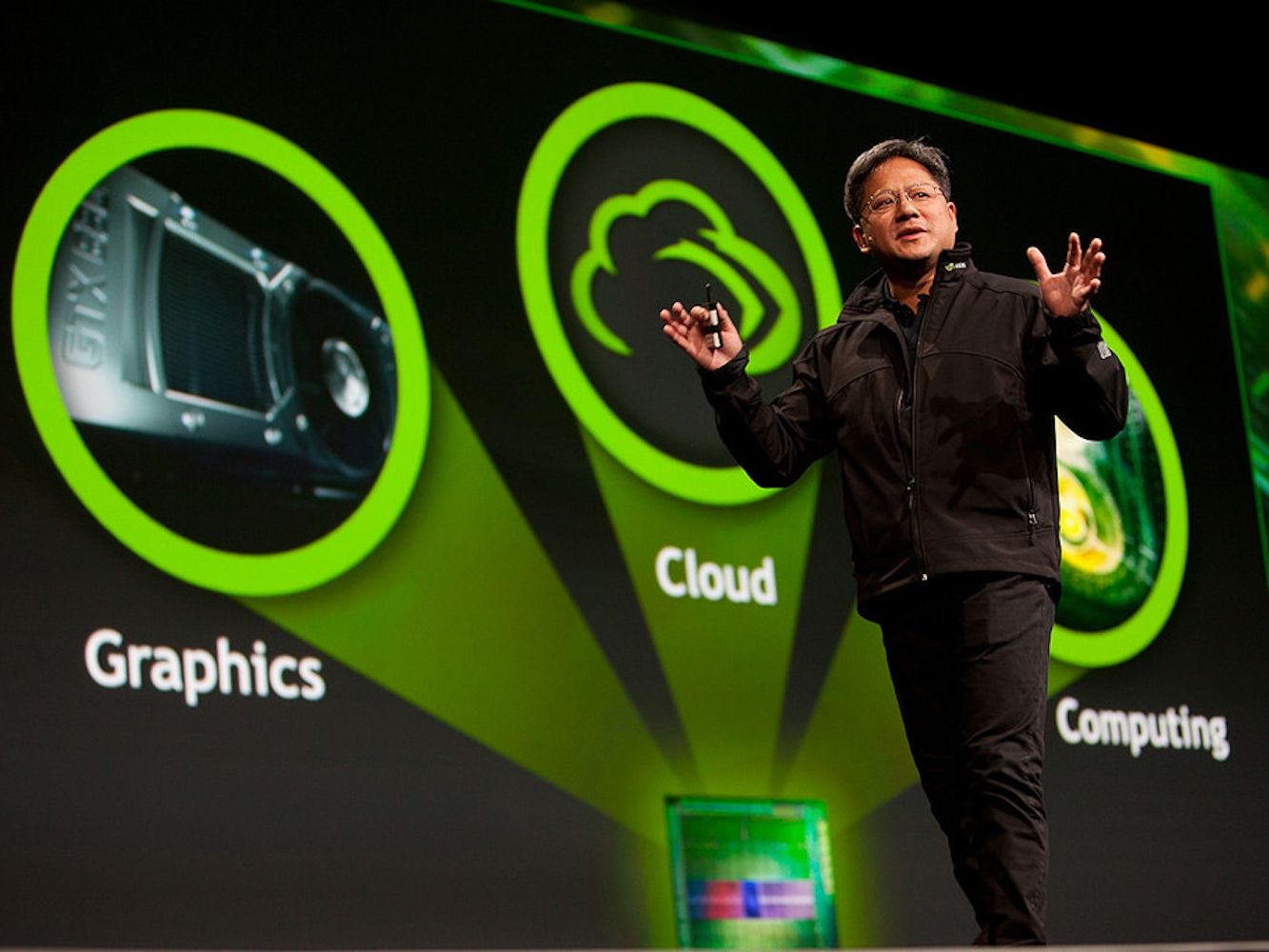In brief: Taiwan Semiconductor Manufacturing Company just released its November numbers, showing that it earned NT$276 billion (that’s US$8.5 billion) for the month. This marks a staggering 34% increase compared to the same period last year.
It’s no secret that multiple semiconductor businesses are recording some of their highest-ever revenues right now, thanks to the demand for AI chips going through the roof. And TSMC’s leadership in cutting-edge process nodes like 5nm and 3nm has made it a hot commodity for AI firms and tech titans like Apple.
The company has been smart too, doubling down on advanced packaging tech like CoWoS (Chip on Wafer on Substrate), which is essential for manufacturing AI processors. It’s no wonder TSMC expects revenue to reach $26.9 billion in the final quarter this year – an 11-14% quarterly jump.

There was also a 12.2% slide from October’s record-breaking NT$314 billion revenue, though that’s minor in the face of an overall bumper year. From January through November, TSMC amassed a mountain of revenue standing at NT$2.61 trillion. Do the math and that translates to a 31.8% annual growth rate. This is especially impressive for a year plagued by economic turmoil that’s resulted in industry-wide layoffs.
Investors are understandably stoked, sending TSMC shares surging after the report was released.
TSMC expects demand to only go up from here and is spending billions to build new factories overseas, including $65 billion on three plants in Arizona, US. The chipmaker also revealed in the October earnings call that its production capacity for CoWoS technology is set to double year-over-year in both 2024 and 2025. However, it added that demand is so strong it still can’t manufacture fast enough to meet it.
Not everyone is convinced about the sustainability of demand in the future, though.
Big tech’s massive AI investments are yet to pay dividends, so some investors are understandably anxious that the spending bonanza will fizzle out. That doesn’t seem to be stopping TSMC though, especially since rivals like Samsung and Intel are struggling to catch up on the cutting edge.









Leave a Comment